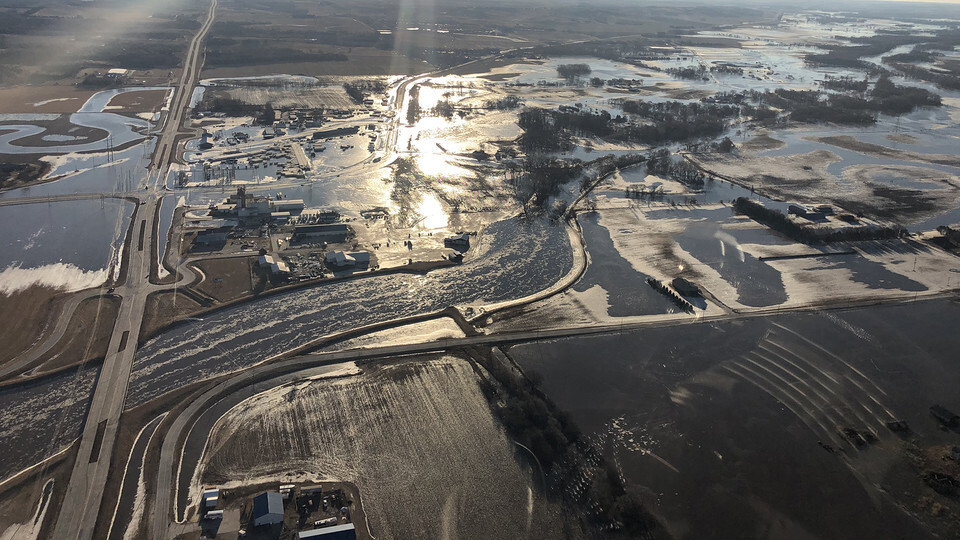The 2019 flooding in Nebraska stands out for its ferocity, but it was part of a national two-decade trend of floods that are more widespread, longer lasting and more costly. Husker experts are working with communities and regional planners to develop long-term mitigation plans that will better position the state for future severe weather.
The work focuses on 31 communities in Douglas, Dodge and Sarpy counties, which were particularly hard hit in 2019. The team aims to thoroughly evaluate flood risks, provide risk mitigation education to residents and propose new planning, zoning and land-use approaches to government leaders, said Zhenghong Tang, project leader and professor of community and regional planning.
“There’s no question there’s increased flooding. That’s a fact. Extreme weather events are coming more often,” Tang said.
Eighty-four of Nebraska’s 93 counties experienced some level of flood damage in 2019, so the lessons from this research should be applicable elsewhere in the state, Tang said. Of particular concern is flooding’s impact on low-income, rural and tribal communities, which often lack the resources found in urban areas.



“Those communities are still at risk for future flooding,” Tang said. “That’s why we need to undertake a lot of public awareness, stakeholder education and policy actions to mitigate the risk for the future.”
The team is working closely with 12 communities listed as high risk by the Federal Emergency Management Agency. Husker researchers offer professional expertise, while empowering residents to guide the decisions that can make their communities more resilient if flooding occurs.
Tang said the effort aims for comprehensive, “all-community” solutions for flood risk reduction, such as open space preservation, park development, storm water management, water quality improvement, wetland protection and sustainable real estate development. An integrated planning approach should incorporate flood risk reduction into land-use planning, hazard mitigation planning, zoning regulations, design standards and building codes, he said.
Other potential steps could include improved levee systems and critical infrastructure safeguards and further collaborations among universities, agencies, consulting firms and nonprofit organizations.
The work is funded by $1 million in federal funds through the Nebraska Department of Economic Development.
The team also includes Yunwoo Nam, professor of community and regional planning, and postdoctoral researchers and graduate students.
Additional content
- Journalism students’ video of historic flooding in Nebraska
- UNL student’s video of 2019 flooding
- News release: Nebraska team helping hard-hit communities prepare for future floods
Devastating flooding in Nebraska in 2019 was the catalyst for research into long-term mitigation that will better position the state for future severe weather. Photo courtesy of the Nebraska Emergency Management Agency.
